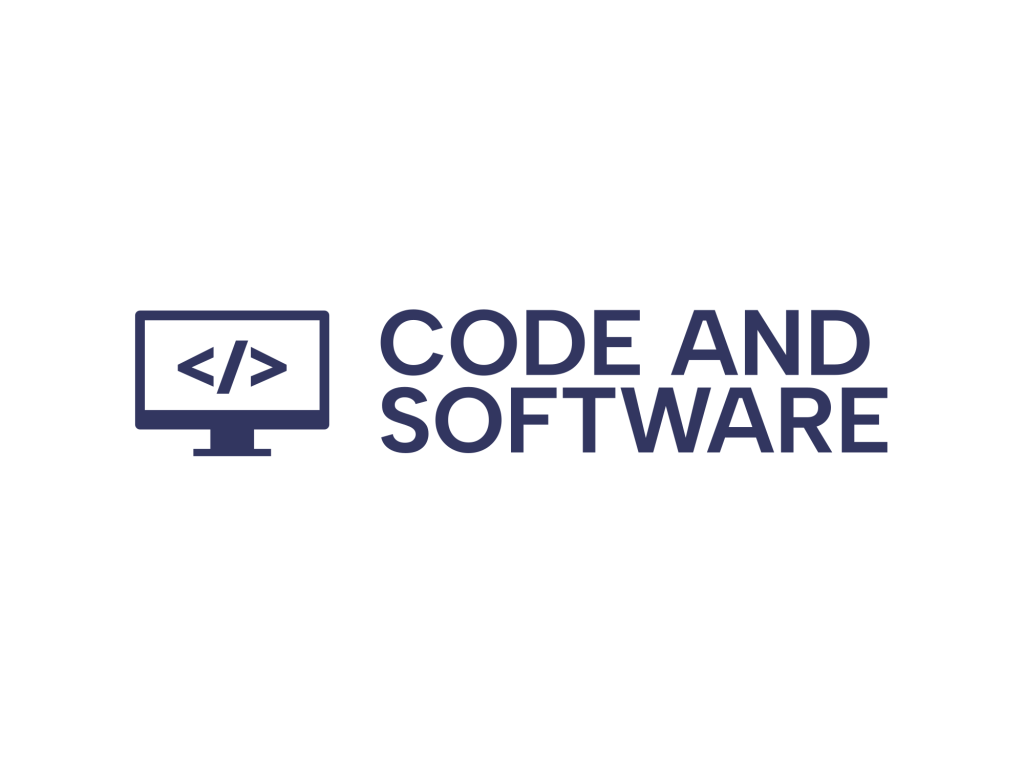In the fiercely competitive world of B2B SaaS, early-stage startups face a daunting challenge in establishing their online presence. Many founders focus extensively on product development and fundraising, often overlooking one critical pillar of long-term growth—search engine optimization (SEO). Among the many facets of SEO, link-building remains one of the most effective and yet most misunderstood methods for increasing organic traffic and domain authority. For seed-stage B2B SaaS startups, implementing smart, ethical, and targeted link-building tactics can provide a much-needed edge in a saturated marketplace.
The Importance of Link-Building for Seed-Stage B2B SaaS Startups
Backlinks—hyperlinks from one website to another—remain a top-ranking factor in Google’s algorithm. When credible domains link to your site, it signals to search engines that your content is trustworthy and valuable. For seed-stage B2B SaaS companies operating with limited brand awareness, building a solid backlink profile is essential for improving visibility, attracting leads, and establishing authority in your niche.
Unlike enterprise businesses that may already receive natural backlinks through brand recognition, seed-stage startups must employ intentional strategies to acquire high-quality backlinks and boost their online footprint.
Effective Link-Building Tactics for Early-Stage SaaS Startups
Below are some of the most practical and efficient link-building strategies for seed-stage B2B SaaS founders and marketers:
1. Strategic Guest Blogging
Guest blogging involves writing articles for authoritative sites within your industry. It’s an excellent way to provide value, establish thought leadership, and earn backlinks. Focus on SaaS publications, B2B marketing blogs, or tech entrepreneurship platforms that accept contributor content.
- Research target blogs and analyze their domain authority (DA).
- Pitch topics that align with your SaaS solution and deliver unique insights.
- Use branded anchor texts or contextual links within the author’s bio or article body.
This tactic not only helps in building links but also establishes relationships with key industry players and drives referral traffic from relevant audiences.
2. Directory and Aggregator Listings
Although often overlooked, directory listings and aggregator websites can provide valuable backlinks, especially in the early stages. Focus on high-quality SaaS-specific directories that users actually use to discover new software tools.
- Submit your startup to platforms such as G2, Capterra, and Product Hunt.
- Participate in startup directories like BetaList or Crunchbase.
- Ensure consistent NAP (Name, Address, Phone) data across all profiles.
These platforms often possess high domain authority, giving follow or nofollow links that push your domain higher in search engine rankings.
3. Leverage Founders’ Personal Brands
At the seed stage, a startup may not yet have strong brand equity, but its founders often bring rich professional backgrounds and credible voices. This can be leveraged for link-building purposes.
- Encourage founders to publish LinkedIn articles and Medium posts with backlinks to the company site.
- Submit founder interviews to SaaS podcasts or entrepreneur features.
- Get listed in personal entrepreneur websites, especially if they’re already indexed and ranked on search engines.
Personal brand marketing, when linked to company assets, contributes to both brand awareness and link acquisition.

4. Broken Link Building
Broken link building is a white-hat SEO strategy that involves finding broken (dead) links on relevant websites and suggesting your own content as a substitute. This method requires research but can yield high-value backlinks.
Steps to execute:
- Use tools like Ahrefs or Screaming Frog to identify broken links on industry blogs or competitor sites.
- Create or identify matching content on your site.
- Reach out via email to the webmaster to suggest your content as a replacement.
Because you’re helping site owners maintain their content, they’re often more receptive to linking back to your site.
5. Build Shareable Data and Tools
B2B audiences thrive on actionable data. If your SaaS platform generates data or insights, consider publishing it in the form of reports, whitepapers, or calculators.
- Publish original research, survey results, or industry benchmarks.
- Create interactive tools like ROI calculators or templates that others in your niche can reference.
- Encourage media outlets and bloggers to cite your data with backlinks.
High-value downloadable assets are also great lead magnets and help in link acquisition through organic sharing and citations.
6. Collaborate on Expert Roundups and Joint Ventures
Expert roundups are online articles featuring insights from multiple thought leaders. Participating in such articles or hosting one on your own blog can multiply your backlinks through mutual sharing and mentions.
Additionally, co-marketing efforts with complementary startups—such as webinars, ebooks, or case studies—help all involved parties gain backlinks from each other’s networks.

7. Utilize Help a Reporter Out (HARO)
HARO (Help a Reporter Out) is a platform where journalists seek expert commentary. By responding to relevant HARO queries, your startup can score media mentions and backlinks from high-authority publications like Forbes, TechCrunch, or Inc.
Tips for success:
- Sign up for HARO alerts and monitor them daily.
- Craft concise, authoritative responses that match your expertise.
- Include links to your founder, company website, or relevant resources.
Being featured as an expert not only helps in link-building but adds significant credibility to your brand.
Common Mistakes to Avoid
While it might be tempting to take shortcuts, early-stage SaaS startups should avoid “black-hat” SEO practices that can damage their domain reputation in the long run. Avoid the following:
- Buying backlinks from shady websites or link farms.
- Engaging in reciprocal link schemes.
- Over-optimizing with exact-match anchor texts.
Instead, focus on sustainable growth by cultivating genuine relationships and publishing high-quality content.
Measuring Link-Building Success
It’s vital to track the impact of your link-building efforts through relevant KPIs. Here are the metrics to focus on:
- Domain Rating (DR) or Domain Authority (DA) – Track how your backlink profile affects your site’s overall authority.
- Referral Traffic – Use Google Analytics to monitor traffic from newly acquired backlinks.
- Keyword Rankings – See if your target keywords start climbing the ranks in search results.
- Number of Quality Backlinks – Use SEO tools to identify the number and quality of backlinks your site gains over time.
Final Thoughts
For seed-stage B2B SaaS startups, gaining visibility online isn’t just a “nice to have”—it’s mission-critical. Link-building, when executed smartly, can provide early traction, improve your SEO standing, and help your startup punch far above its weight class.
Remember, link-building is not a short-term gimmick. It’s a long-term investment in the credibility, discoverability, and growth of your company.
Start small. Track your progress. And gradually, as your startup scales, your backlinks—and your reputation—will follow.

